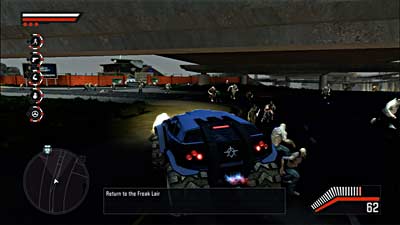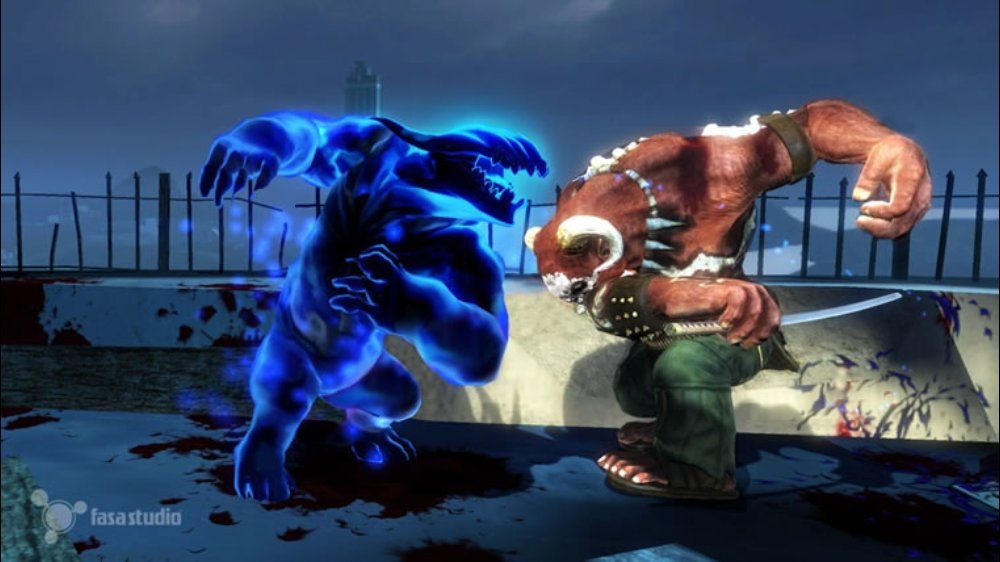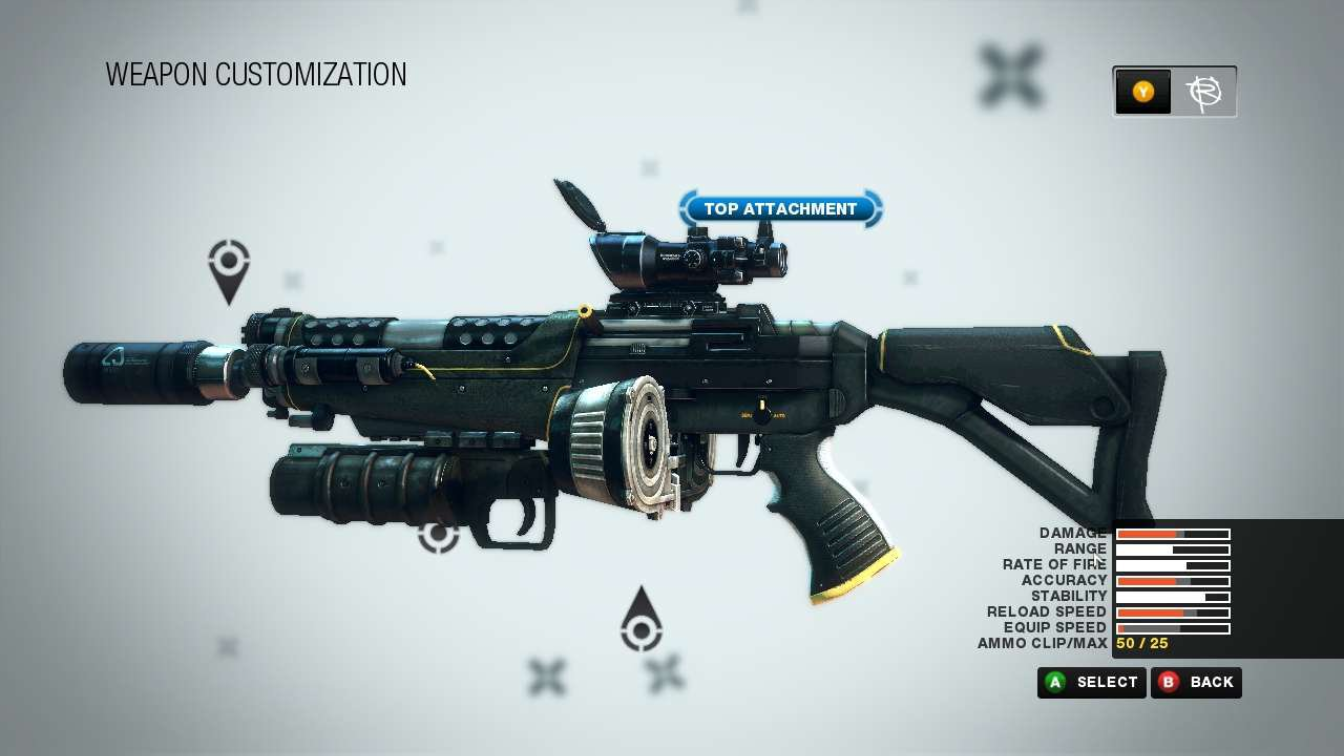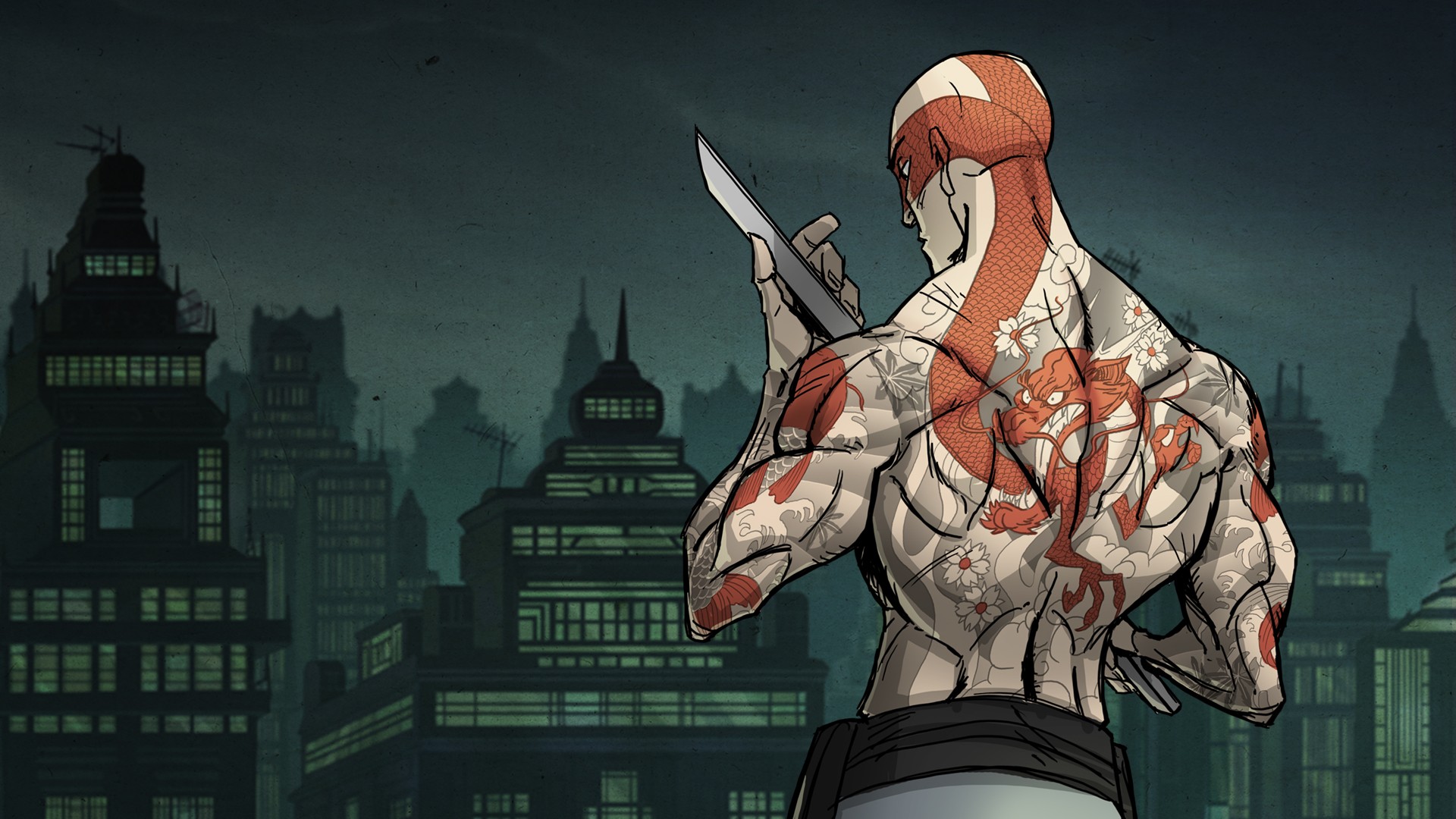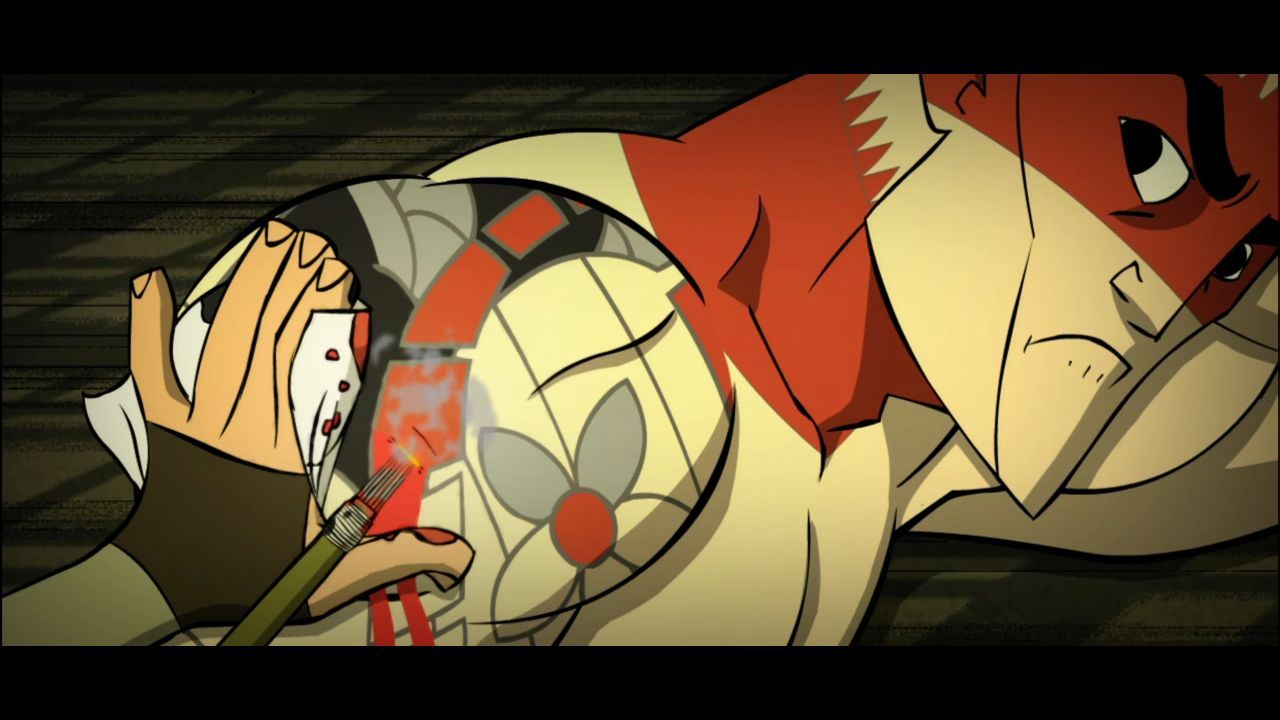In this blog I will be critiquing the game Crackdown 2 for Xbox 360.
Crackdown 2 is the sequel to the Xbox 360 flagship game Crackdown. Crackdown is a sandbox, third person shooter, developed by Ruffian Games and published by Microsoft Games Studios. Crackdown 2 was hoping to use the hype from its previous game and give fans more of what they wanted. As a fan of the unique gameplay that the original Crackdown offered I was existed for a sequel. As Crackdown was an experiment in open world design, I was hoping that the developers would use what they learned and create a great game.Sadly the game suffers from sequelitus, and disappointed me to say the least.
Players:
Crackdown 2 like the original Crackdown is a singleplayer game with online cooperative mulitplayer. You can play the game solely offline and play the game as a singleplayer game. This type of player interaction would fall under "Single player VS game". If you want to play the game with friends, all you have to do is make sure that your session is open to friends. Once you game is open to friends then they can just join your game through their friends list. The story will be based on the player that is hosting the game. depending on the player that everyone joins will be the story that will be progressed. This type of player interaction would fall under "Cooperative play". This is the same system as the original Crackdown and fits the game's design. Overall this type of mulitplayer best fits the game design.
Objectives:
In Crackdown 2 the player is in control of a super-powered officer from "The Agency", refereed to only as "Agent". This time around player fight against the Cell, a terrorist organization, and "Freaks", a term for infected mutants. As this is an open world game there is nothing forcing the player to do the objectives. Players are free to do what ever they want in the city, and can do the missions when ever they feel like. Most of the time you will find you self trying to level up you 5 skills instead of completing missions. These five skills are agility, firearms, driving, explosives, and strength. You can level up agility bu collecting agility orbs, completing roof top races, and killing enemies from high places. You can level up firearms by shooting handheld and mounted guns. Driving is level up by running over enemies, competing races, power sliding, and stunt jumps. Explosives can be leveled up by killing enemies with explosives, launchers and grenades. Finally, strength can be improved by using melee attacks, throwing objects, and moves that are unlocked as strength increases. Most of the game will be spent trying to level up your skills and improving your character. When you want to compete the objectives your overall goal is to crush the Cells operations and clean up the Freak infestation.
As Crackdown 2 is a squeal we cant not compare it to the previous game. In Crackdown you fight against three prominent gangs in Pacific city. As the you compete missions you whittle the kingpin's defenses until you completely take it down and destroy the gang.In Crackdown 2 you fight against one terrorist/gang and that is it. I don't feel like taking away things from a previous game would make a squeal better. Instead of three different organizations to defeat you have to fight one and in infestation, which is more annoying then anything else. They took a step backwards when the introduced the Freaks as They felt out of place and did not belong. I did not like fighting the Freaks and felt more like a chore the anything. The only amusement presented by the Freaks is driving though a hoard of them with a car killing them all. Crackdown 2 feels like a step backwards from the original in the objectives.
Procedures:
Crackdown 2 does a good job of explaining itself to the player. Mechanics are explained to a compressible degree and picking up the game and playing is not hard. If you still need time to understand the game mechanics the world is very forgiving to the player. The player can pick and choose their engagements. The world offers a controlled environment to experiment with the different mechanics before having to use then in a mission. If something is to hard you can just grind away at your skills until you can meet the challenge.
As for the missions themselves, I found the game to be on the easy side. I was no offered much of a challenge opposed to Crackdown, which had a nice difficulty curve. In the original game there were 3 gangs and as you can probably guess there was an easy medium and hard gang. The order you attempted the gangs was up to you but the game quickly taught you the order you should go. From the first gang i learned enough and leveled my skills enough to go after the second one. In Crackdown 2 you lose all concept of this as you are fighting against the same enemy the entire game. As you fight the same enemy I felt like the level of difficulty was toned down. Games should challenge the player so the player has room to grow and improve. If the game does not challenge the player then I am going through a bunch of task that i have to do with no challenge and no fun.
At least a sequel should have an updated set of weapons for you to use and thankfully they got that right. The added items and customization makes the game play differently then the original. I get to discover all of the new weapons and customization instead of knowing them already. They got this part right at least.
Rules:
Crackdown 2 is an open world where the player decides most things. There are no time restrictions and players can go where ever they want and start missions when ever they want. The game worlds rules and simple and straight forward, if you take enough damage that all of your health is gone you die. If you are out of combat for an extended amount of time then your health will start to regenerate. If you do something that count toward leveling up any skill you will receive experience. If you get enough experience points you will level up that skill. There are not a lot of rules in Crackdown and that is the appeal of the game. Players can do what ever they want. Here is a video is some players having fun messing around in Crackdown 2.
Resources:
Crackdown 2 has a lot of resources available to the player. The player has armor, health, and ammo just like any other game. The player also has 5 skills that enhance their agent's abilities. As the game progresses you will unlock and be able to use more weapons and equipment. As new skill levels are reached more will be available to the player. While the player is in the world they can take any vehicle that they see and bring it back to the agency. Once it is brought back to the agency the player can use it at any time. There are agility orbs that increase the players agility scattered around the world. There are also hidden orbs that increase all skills. Most of these are from the original Crackdown and I am happy to see that they did not take these out of the game. If they did then it would not make Crackdown what it is.
Conflict:
You are an agent of the Agency. There is a terrorist organization called the Cell and it is your job to stop them. There is also a infestation problem and there is a bunch of Freaks everywhere. The game feels like a slimmed down version of the previous game. They took out two gangs now there is just one, and added a type of mutant that doesn't feel like it belongs. Overall in the it feel like they copy and pasted the original game and started to take things out. I am not sure that is how you make a sequel.
Final Thoughts:
When I played the original Crackdown I was impressed (at the time) by the open world concept and how well it worked. I liked the structure and silliness at time of the game. You are a super crazy agent with ridiculous power and that appealed to me. When I heard that they were going to release a sequel to the game I was excited to see what new concepts they were going to implement. When I played the game i could not find many new concepts and it felt like some parts of the game were cut back. As a sequel Crackdown 2 is Crackdown with better graphics. As I was looking online for a review that would portray my final thought, I found Zero Punctuation’s review. This is a good summery and review of Crackdown 2 and I leave you with it.



